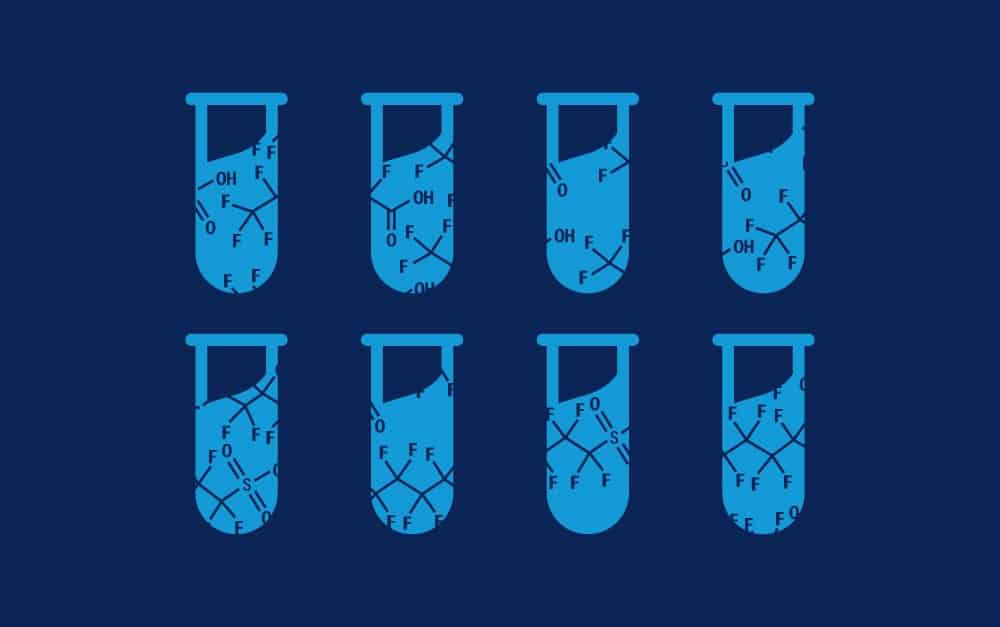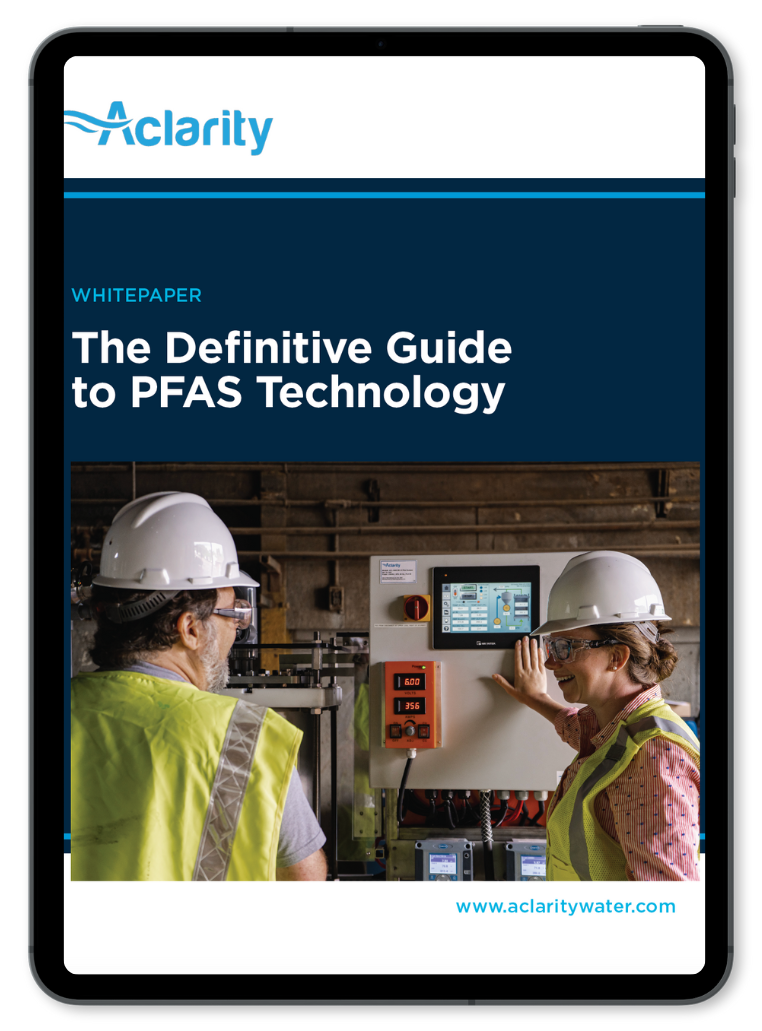PFAS Explained: Are They Really Here Forever?

What Are PFAS?
PFAS are forever chemicals that are prevalent in our environment and even reside in nearly every person in the U.S.—and live there forever. Even small doses can lead to cancer, immune system issues, and many other harmful diseases. But why are these invisible assailants in our bodies, and how did they get there in the first place?
PFAS stands for per-and poly-fluoroalkyl substances, or chemicals that enable companies to make coatings and products that are heat, oil and grease, stain, and water resistant. PFAS shows up in many everyday products, including clothing, furniture and carpets, packaging (pizza boxes, for example), cookware, cosmetics, electronics, and more. According to the CDC, PFAS:
- Do not biodegrade in the environment
- Seep through soils and contaminate drinking water supplies
- Accumulate in terrestrial animals and aquatic life
You might remember the advent of Teflon, an accidental invention at the hands of Dupont chemist Dr. Roy J. Plunkett in the late 1930s. With millions of Teflon coated cookware sold worldwide in the 80 years since, imagine just how much PFAS has seeped into our environment from one product alone. It is staggering to think about and evident just how pervasive an issue PFAS is—not just for us humans, but our pets and nearly all life on planet Earth.

The Definitive Guide to PFAS Technology Whitepaper
Comprehensive guide to understanding PFAS management strategies to reduce risk and safeguard environmental and public health.
Stay current on advantages and disadvantages of technologies available for PFAS:
- Removal
- Disposal
- Destruction
Why We Need to Remove PFAS From Our Environment
According to NPR, “Scientists are finding PFAS everywhere. When products like this end up in landfills, these pollutants seep into our soil, air, and drinking water. That's how PFAS are ending up in food, wildlife, and even our bloodstream.”
In June 2022, the EPA released an advisory that PFAS has been found in our drinking water, and even the tiniest amount (more than 1 part per trillion) may translate into serious health risks. And a recent peer-reviewed study by the Environment Working Group found that over 200 million Americans may be consuming PFAS-tainted drinking water. In other words, nearly two thirds of the U.S. population is at risk, and these numbers will continue to accelerate unless we take decisive action.
Compounding these concerns is the life of products like the Teflon pan, which cannot be recycled unless the coating is removed, and instead end up in landfills all over the world. When it rains, all those PFAS chemicals leach, deep into the ground, permeating drinking water supplies (including well water), farmland, agricultural operations, septic systems and wastewater, and remediation sites.
DOWNLOAD NOW: The Definitive Guide to PFAS Technology Whitepaper
What is the Solution?
So, we know that these chemicals end up in landfills, and we know PFAS means forever, continually threatening our quality of life. But how do we get rid of these destructive chemicals? Treatment options like reverse osmosis, ion exchange, and granular activated carbon can remove PFAS from landfills, but then there’s the issue of eliminating them. Aclarity has developed a novel solution to destroy and stamp out PFAS—forever. In our next blog post, we’ll explore current PFAS removal, disposal, and destruction options.

WHITEPAPER
Download The Definitive Guide to PFAS Technology whitepaper and delve into current PFAS removal technologies. In this whitepaper, analyze the pros and cons of a variety of PFAS technologies and discover practical exercises for organizations to identify and implement suitable solutions. In this comprehensive document, walk away with an understanding of PFAS management, facilitating informed decision-making to reduce PFAS risk and protect environmental and public health.
